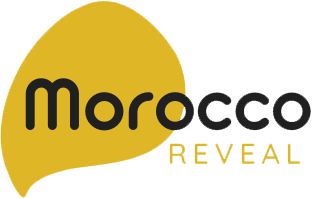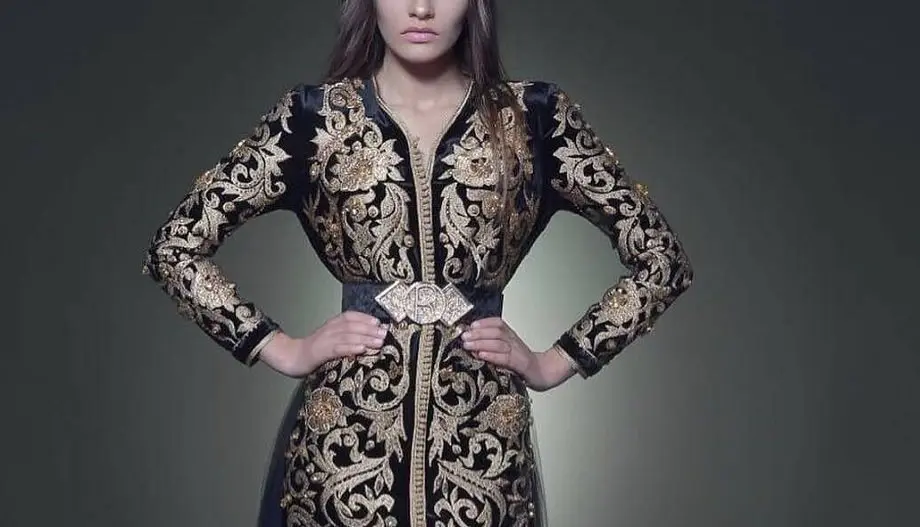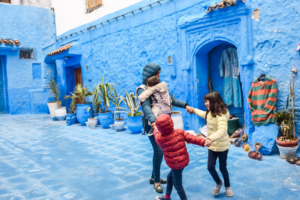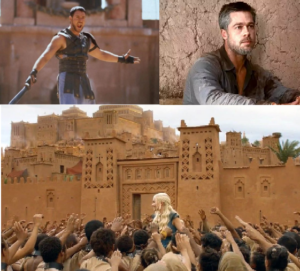n the vibrant tapestry of Moroccan culture, few garments capture the essence of elegance and tradition quite like the Moroccan caftan dress. This iconic attire has long been a symbol of sophistication, grace, and craftsmanship, embodying the rich heritage and artistic flair of Morocco. Let’s delve into the allure and history of the Moroccan caftan, a garment that continues to enchant fashion enthusiasts around the world.
The Elegance of Moroccan Caftan Design
What sets the Moroccan caftan dress apart is its timeless elegance and versatility. The silhouette of the caftan is typically long, flowing, and loose-fitting, making it comfortable to wear and suitable for various occasions. The dress often features ornate embellishments such as delicate beadwork, metallic threads, sequins, and intricate patterns that showcase the skill and artistry of Moroccan artisans.
The Origins of the Moroccan Caftan
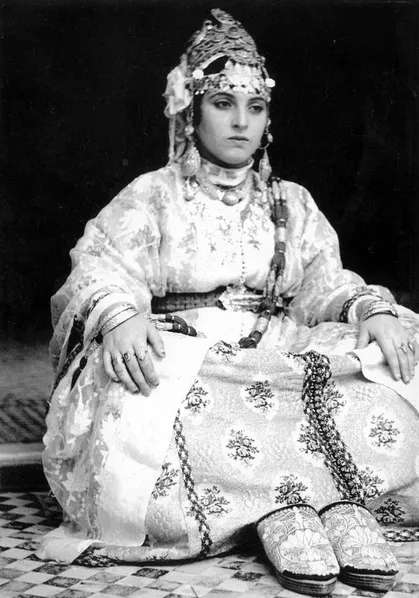
The origins of the Moroccan caftan dress can be traced back centuries, with influences from diverse cultures that have left their mark on this exquisite garment. The caftan’s design draws inspiration from traditional Berber, Arab, and Andalusian styles, reflecting a fusion of artistic influences that have evolved over time.
Originally worn by both men and women, the caftan has transformed into a symbol of femininity and elegance, with intricate embroidery, luxurious fabrics, and meticulous detailing that set it apart as a sartorial masterpiece.
The Caftan as a Cultural Symbol
Beyond its aesthetic appeal, the Moroccan caftan dress holds deep cultural significance in Moroccan society. Worn during special occasions such as weddings, religious festivals, and celebrations, the caftan is a symbol of tradition, heritage, and craftsmanship that is passed down through generations.
In Morocco, the art of creating a caftan is a revered craft, with skilled artisans dedicating hours to handcrafting each garment with precision and care. The intricate embroidery, elaborate patterns, and luxurious fabrics used in making a caftan reflect the country’s rich textile heritage and artistic traditions.
Modern Interpretations
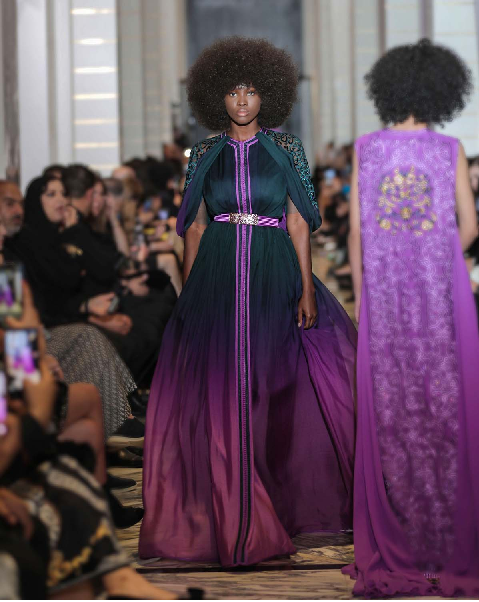
While rooted in tradition, the Moroccan caftan has also found its way into modern fashion and design. Contemporary designers and fashion houses have reimagined the caftan, experimenting with new fabrics, colors, and silhouettes to appeal to a diverse global audience.
Today, the caftan is not only worn in Morocco but has also gained popularity worldwide, with celebrities, influencers, and fashion enthusiasts embracing it for its timeless appeal and unique aesthetic.
The Moroccan caftan stands as a testament to the enduring allure of traditional craftsmanship and cultural heritage. With its exquisite design, intricate detailing, and symbolic significance, the caftan continues to captivate admirers with its timeless elegance and beauty.
